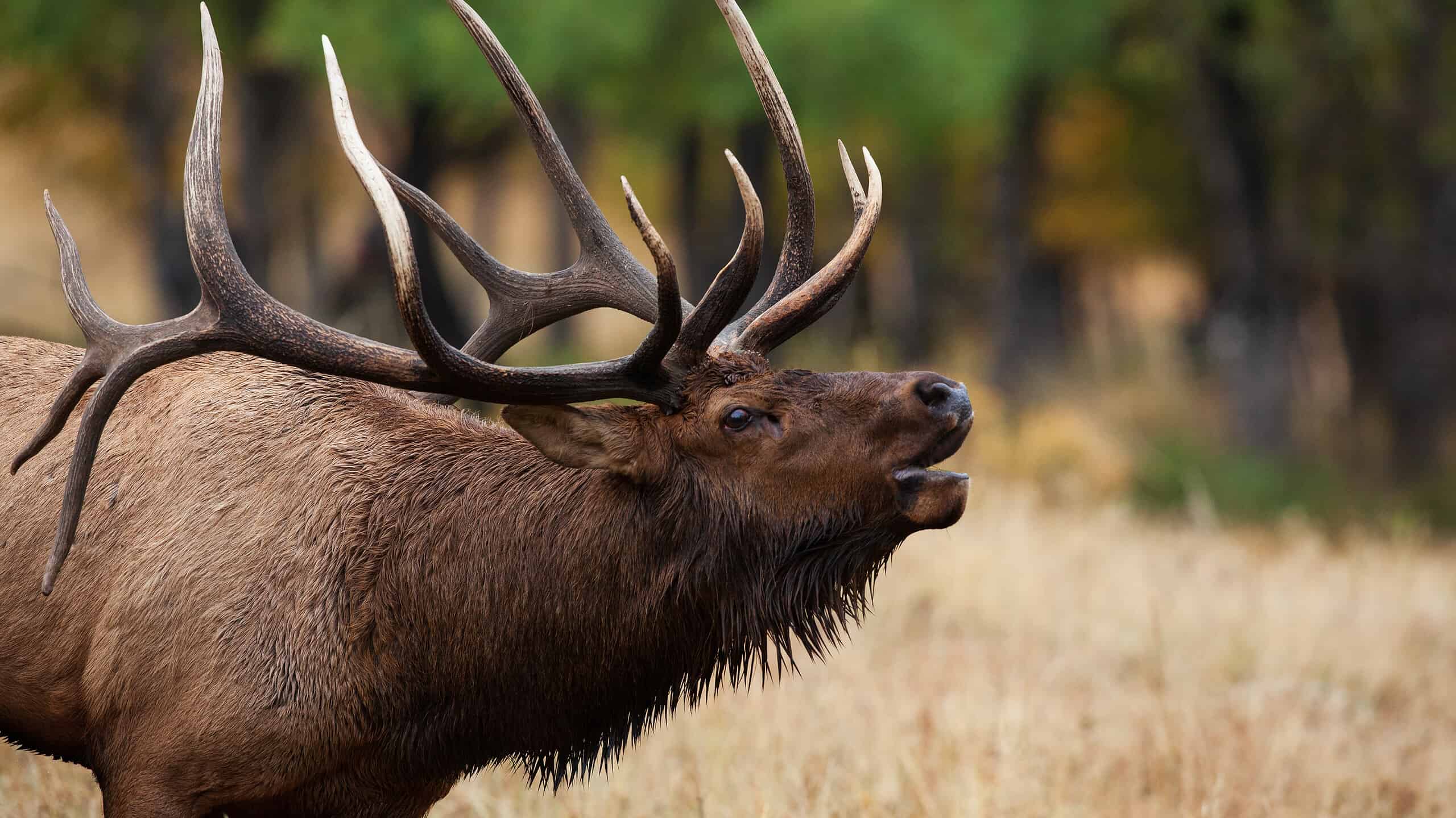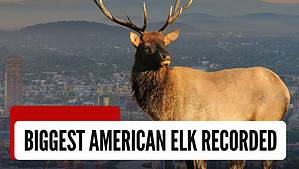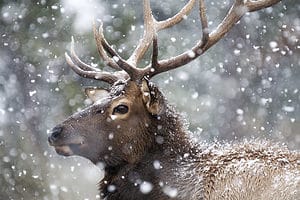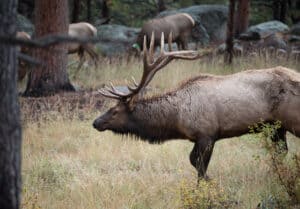Have you ever seen a massive bull elk with just one antler? If you have, chances are he is in the middle of shedding his antlers. The video below captures this amazing process in action.
Watch the Amazing Footage Below!
Bull elk is another way to refer to a male elk. This short clip begins with the bull elk pawing at the ground and moving his head to one side. You can clearly see that he only has one antler and that it is throwing him off balance. His head is cocked to that side with the heavier weight of that antler. He takes a few steps, moving his head around as he does.
At least four other elk are nearby. Some have antlers and at least one does not. The bull elk in the center jumps away from the closest nearby elk. As he does so, the antler falls to the ground. He shakes his head a bit to get used to the new feeling.
“The bull just lost both of his antlers right in front of me,” says the man behind the camera with a chuckle. The video ends as the elk goes back to his day, antler-free.
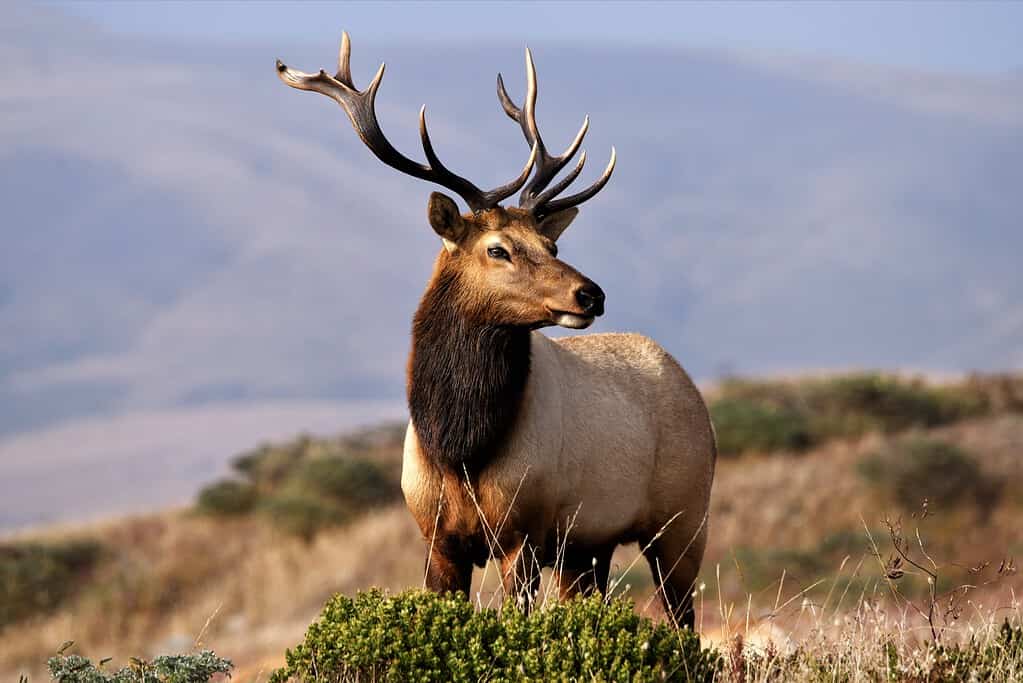
Fully-grown bull elk can weigh as much as 1100 pounds and have antlers that weigh up to 20 pounds each.
©iStock.com/Eric Clark
Do Elk Have Antlers or Horns?
Along with other similar animals like moose and deer, elk have antlers. Only bull elk have antlers. The females do not. At the base of each antler is a small bony knob called a pedicle. Each year, antlers grow up from this pedicle. Sometime during the year, the bull elk sheds his antlers.
Elk and moose are the largest animals with antlers but they are two distinct species. Moose antlers are flatter while elk antlers are pointed. Both can have many branches and grow quite large. After the bull elk sheds his antlers, he begins the process of growing a new set.
Antlers are an important part of the bull elk’s life. He uses them to attract female elks as well as intimidate rival bull elks. Larger antlers generally mean a healthier elk, a quality that a potential mate likes.
Some animals are mistaken for those with antlers but actually have horns. Both antlers and horns are made of bone but only antlers are shed. Horns stay with the animal for life unless they are injured or broken. Both males and females can have horns, although not all species follow that general rule. Bovine animals, such as cows and buffalo, have horns.
Thank you for reading! Have some feedback for us? Contact the AZ Animals editorial team.

